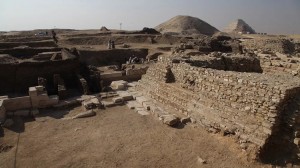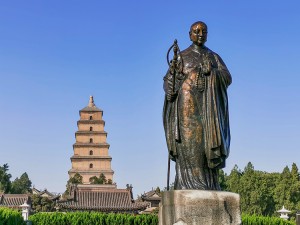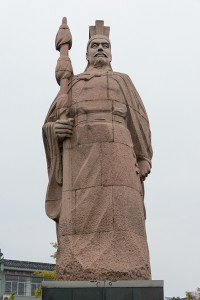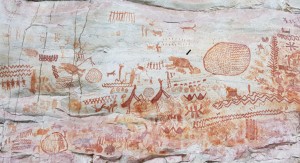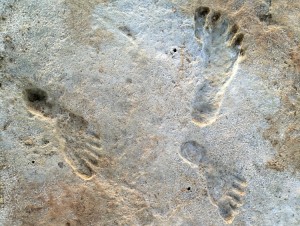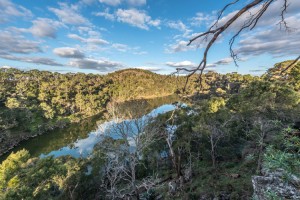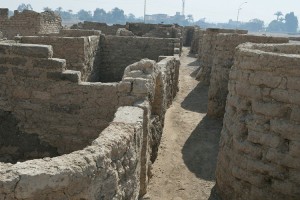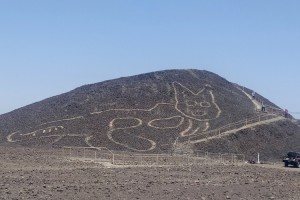Ancient Egyptian Queen Neith Rewrites History
Thursday, December 8th, 2022In a trove of amazing discoveries at Saqqarah, a previously unknown queen has rewritten history. Saqqarah, also spelled Saqqara, was an ancient Egyptian necropolis (burial ground) near the city of Memphis, not far from Cairo. A pyramid excavated there belonged to ancient Egyptian Queen Neith.
Memphis served as Egypt’s capital from the time it was founded, around 3000 B.C., and later remained a religious center and the residence of Egyptian pharaohs (kings). Archaeologists investigating Saqqarah have discovered many antiquities that provide information about life in ancient Egypt. Inside, they have found human mummies, ceramic amulets and jars, and writing implements.
In the past two years, archaeologists digging at Saqqarah encountered coffins, mummies, tombs, and a number of connected tunnels. They first explored the pyramid of Teti, a pharaoh during Dynasty VI of the Old Kingdom period and later a god during the New Kingdom. The Old Kingdom lasted from about 2650 to 2150 B.C., included Dynasties III through VIII. The New Kingdom began around 1539 B.C., with Dynasty XVIII, until about 1075 B.C., when Dynasty XX ended.
Beside Teti’s pyramid is the pyramid of Queen Neith. It was first excavated by archaeologists in 2010, though it was thought to belong to the mother or a wife of King Teti, as a name wasn’t found. A nearby funerary temple was found in early 2021, containing Queen Neith’s sarcophagus (stone coffin). A carving on the wall identified her name as Queen Neith, the wife of King Teti. A fallen obelisk at the temple entrance is also inscribed with the name Queen Neith. Queen Neith died about 4,200 years ago, during the period of the Old Kingdom.
In Egyptian mythology, Neith was the goddess of creation, war, weaving, and wisdom. She was also the patron of the city of Sais. Some accounts say she was the mother of the sun god Re. Others claim she was the mother of the crocodile god Sobek.
The 22 connected tunnels found are 30 to 60 feet (9 to 18 meters) deep. The tunnels contained 300 wood coffins of the New Kingdom period, which had been uncommon at Saqqarah. Some may contain close generals and advisors of King Tutankhamun. Each coffin is decorated with a unique face, name, and scenes from the Book of the Dead. The Book of the Dead is a collection of texts containing prayers, hymns, spells, and other information to guide souls through the afterlife, protect them from evil, and provide for their needs. Egyptians had passages from such texts carved or written on walls inside their tombs or had a copy of a text placed in their tombs. Mummification preserved the more than 100 bodies fairly well over the centuries. Statues of gods, games, and a 13-foot (4-meter) papyrus inscribed with Chapter 17 of the Book of the Dead were found in the burial shafts.
Millions of animal mummies have also been found at Saqqarah. Animal embalming was a vast industry in ancient Egypt. Such animals as baboons, cobras, crocodiles, falcons, ibises, and mice were commonly mummified. Animal statues and mummies were seen as physical manifestations of gods, and they were included in burials for companionship, protection, or religious offerings in the afterlife. In 2015, archaeologists discovered a Saqqarah tomb complex dedicated to Anubis, the jackal-headed god of mummification. The chamber was found stuffed with nearly 8 million animal mummies—most of them dogs.
Archaeologists also found dozens of mummified cats and scarab beetles in another Saqqarah tomb. Some of the mummified cats may have been treasured pets. Several gilded (golden) wooden cat statues were also found in the tombs, along with a bronze statue of Bastet, an ancient Egyptian cat goddess. Bastet had a large and widespread cult (group of worshipers) in ancient Egypt. The preserved scarab beetles were wrapped in linen inside small decorated limestone sarcophagi. Some ancient Egyptians worshiped Khepri, who had the form of a scarab beetle. Khepri was a god of resurrection and immortality. Khepri was a relatively obscure god in the ancient Egyptian pantheon.

